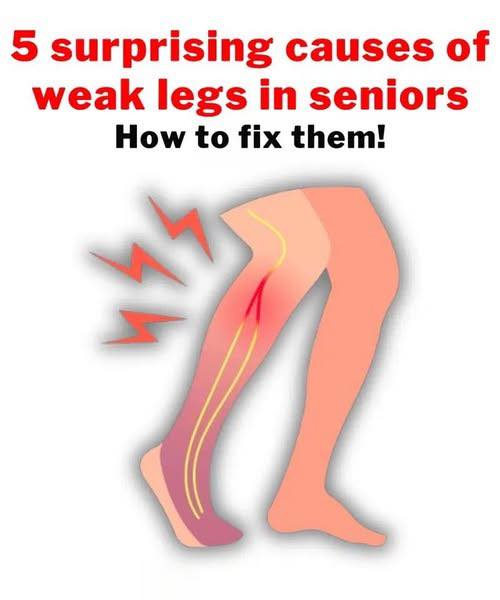
Understanding and Addressing Age-Related Leg Weakness
As we get older, many of us notice changes in leg strength—like finding it harder to get up from a chair or climb stairs. While this can be worrisome, recognizing the underlying causes is the first step toward regaining strength. Leg weakness may be common with age, but it’s not something you have to accept as inevitable.
A major factor is sarcopenia, or age-related muscle loss, which often begins around age 50 and worsens with inactivity. The less we move, the weaker our muscles become—creating a cycle that’s tough to break. Staying active is essential for preserving both muscle and flexibility.
Chronic conditions can also play a role. Arthritis, diabetes, and nerve issues can affect balance and movement, while problems like sciatica or spinal stenosis can interfere with nerve signals to the legs. These issues increase the risk of falls and further inactivity, so managing them with professional help is important.
Don’t overlook emotional and mental factors, either. Life changes like retirement, grief, or depression can reduce motivation and lead to more sedentary habits. Social support—like exercising with a friend or joining a group—can help restore routine and motivation.
The good news? Leg weakness is often reversible. With regular movement, proper medical care, and emotional support, strength can return. Simple exercises like chair stands, lunges, and walking can make a big difference. Every little bit helps. If you’re unsure where to start, talk to a doctor or physical therapist. Staying active now builds a stronger, more independent future.


